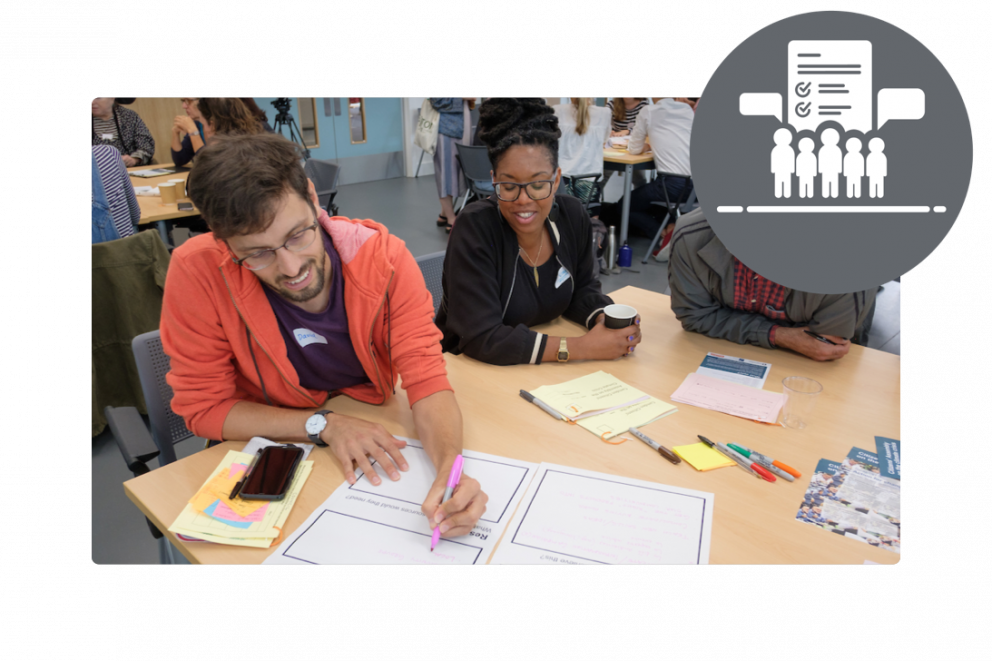Citizens’ Assembly
In citizens' assemblies, juries and panels, the government a civil society organization or another institution convenes a randomly selected and representative sample of the community to learn about a policy issue and identify policy solutions. The jury or assembly meets for weeks or months, learns from experts, and then produces a decision, statement or recommendation. These recommendations are often then put to a legislative vote or public vote via referendum, and they have been used to address policies such as abortion, climate change and housing.
Plan your citizens' assembly or jury
Citizens' Assembly Model
Citizens’ Assembly in Action
Featured Resources
Some Assembly Required: Citizens’ assemblies are increasingly popular
The Wisdom of Small Crowds: The Case for Using Citizens’ Juries to Shape Policy
Power to the People: Nations are turning to citizen assemblies to weigh up climate policies
Innovative Citizen Participation and New Democratic Institutions
Sample Playbook
Review key design questions you will need to answer to plan a citizens’ assembly or jury, and sample answers to these questions. The playbook will walk you through the most important questions to answer when designing a process. Each step of the way, we will share recommended options and information to help you decide. At the end, you will have a plan for your process.

